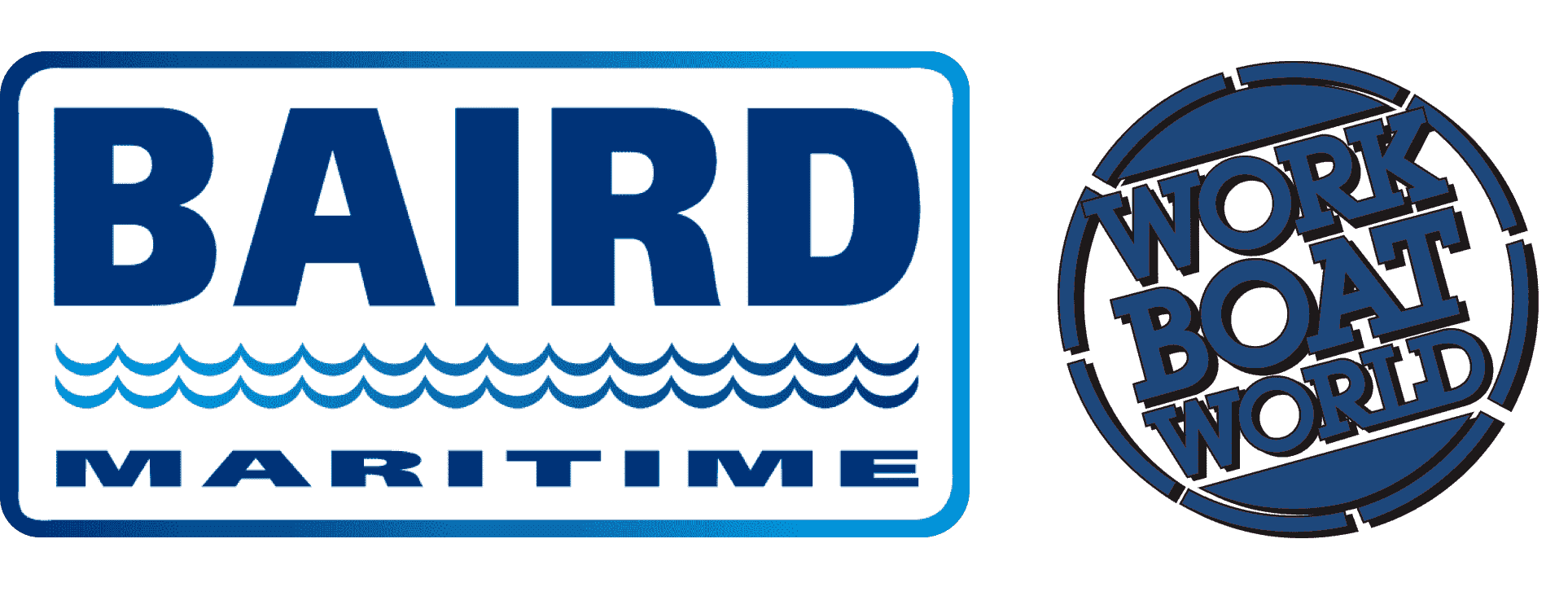South Korea seeks to leverage Trump's focus on shipbuilding in tariff talks
South Korea and the United States have been discussing a shipbuilding tie-up that could include investments to modernise US shipyards and more help to repair the US naval fleet as Seoul seeks better tariff terms, government and industry sources said.
US President Donald Trump, who has made revitalising the ageing US shipbuilding industry a priority to keep up with China, has repeatedly raised the idea of cooperating with South Korea's cutting-edge shipbuilding industry.
After investing billions of dollars in shipbuilding capacity, China is the world's biggest shipbuilder. It also has the world's largest maritime fighting force, operating 234 warships to the US Navy's 219, according to the Center for Strategic and International Studies.
"South Korea can use shipbuilding as leverage to gain some advantage in tariff negotiations," said Kim Suk Kyoon, a former commissioner of the Korea Coast Guard and an expert on maritime strategy.
Pressure on Seoul to reach a deal on import tariffs has increased after Japan struck a trade agreement with the US this week. South Korean officials are in Washington for trade talks, though a high-level meeting due on Friday was postponed over scheduling.
South Korea is the world's second-largest shipbuilder and a source with direct knowledge of the talks said any partnership should include South Korean companies investing in the US and helping more in repair and maintenance.
South Korea's proposal of a "Korea-US manufacturing renaissance partnership" in areas such as shipbuilding had drawn strong US interest, as Washington called for joint efforts to counter China's shipbuilding growth, Seoul trade officials said, declining to be named as they were not authorised to speak to the media.
The US Treasury Department and Trade Representative did not respond to requests for comment on the progress of talks about shipbuilding.
South Korea's industry ministry said the US and South Korea were discussing ways to cooperate in manufacturing industries, including shipbuilding, but declined to elaborate.
Political will
"The most realistic option for South Korea is, I think, to make a deal to fix a certain number of US Navy vessels annually or build parts of new ships," said Kim, a visiting researcher at the Korea Institute for Maritime Strategy.
Repair of US Navy ships is already happening in South Korea including at Hanwha Ocean's Geoje shipyard, which has the world's largest dock and a 900-ton "Goliath" crane, according to its website.
In July, Hanwha Ocean secured its third US Navy maintenance contract and parent Hanwha Group has also been expanding in US shipbuilding.
It acquired Pennsylvania-based Philly Shipyard for $100 million last year and said this week the shipyard had received an order for a liquefied natural gas carrier to be built together with Hanwha Ocean's Geoje shipyard.
The conglomerate recently said it obtained US approval to increase its stake in Australian shipbuilder Austal that owns a shipyard in Alabama building US Navy ships.
Another South Korean shipbuilder, HD Hyundai, formed a partnership this year with US defence-focused shipbuilder Huntington Ingalls, and joined forces with Edison Chouest Offshore to build container ships in the US.
But obstacles remain to expanding the relationship.
There are difficulties obtaining parts and a lack of local talent at US shipyards, said Woo Jong Hoon, a naval architecture and ocean engineering professor at Seoul National University.
Political will would also be needed given the raft of US regulations that protect domestic shipbuilding.
A South Korean trade official called for exceptions or changes to the Jones Act, which bars foreign shipyards from building commercial ships to operate in the US.
The Byrnes-Tollefson Amendment also prohibits the construction of navy vessels in foreign shipyards, but the president retains the authority to waive its provisions for national security.
To skirt US regulations, South Korea could look into ideas like building modules to be delivered to US shipyards or designating a South Korean shipyard as a special district so US Navy ships could be built there, Woo said.
"Wonderful, wonderful"
Trump's introduction to South Korean shipbuilding probably happened nearly three decades ago.
The real estate mogul flew in by helicopter to visit the Geoje shipyard in 1998, recounts Lim Moon Kyu, a retired senior executive at the former Daewoo Shipbuilding company who accompanied the VIP guest "with Hollywood looks". Daewoo Shipbuilding was acquired in 2023, becoming Hanwha Ocean.
At the top of a 100-metre (328-foot) high crane, Trump was given a birds-eye view of the sprawling shipyard on a southern island.
"Clearly, he was impressed, saying ‘wonderful, wonderful’ on top of the crane," said Lim, as he thumbed through photos of the meeting with Trump, who was accompanied by his son Donald Trump Jr.
Lim believes the visit left Trump with a lasting positive impression that means he is now open to cooperating with Korean shipbuilders to counter China's growing naval power.
"What carrots do we have to give to the US? Nothing but this (shipbuilding) would be immediately possible," said Lim.
(Reporting by Ju-min Park and Joyce Lee; Additional reporting by Jihoon Lee; Editing by Ed Davies and Kate Mayberry)


